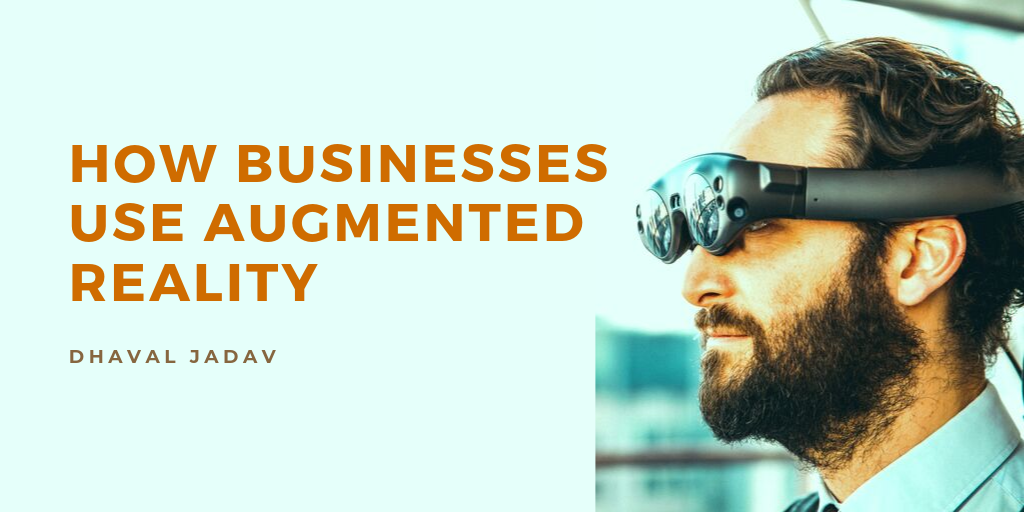Augmented reality (AR) is the use of technology to superimpose virtual information onto the real world. Often confused with virtual reality, which immerses users in a computer-generated environment that replaces our own, AR adds to reality. Several smartphone apps, such as Niantic’s Pokémon Go, have made use of AR to create an interactive experience. However, AR isn’t just for catching digital creatures. Businesses have utilized AR for value generation, market expansion, and other forms of growth.
Technical Support
In industrial markets, AR allows technicians and engineers to save time and energy. Professionals can manufacture even the most complex of devices with much less stress than previously anticipated. For instance, NASA’s implements Microsoft’s HoloLens headset to help its technicians engineer spacecraft. The headset replaces the need for manuals, both analog and digital, by displaying hologram models overlaid on spacecraft parts. These virtual models not only show what the finished product would look like, but also place virtual flags on parts of the machine to offer instructions.
Training
From department stores to manufacturing conglomerates, businesses everywhere understand the importance of properly training employees. Some of the more technologically-versed companies have incorporated AR into employee training seminars. Walmart is one company that has made use of AR when training employees to handle stressful scenarios, such as crowded Black Friday events. Employee feedback can help businesses streamline training and find new and unique ways to incorporate AR into areas such as strategy, critical thinking, and safety.
Design
When developing a new product or improving an existing one, creating prototypes can cost time and resources. AR solves this problem by allowing designers to create virtual 3-D models. In industries such as architecture and industrial engineering, AR reduces spending on resources. Instead, it allows for quick and effective testing of improvements and adjustments. In addition, these virtual designs can be viewed through the lenses of various environmental factors, and can be tweaked in real-time.
Support
Several AR-based businesses have cropped up over the years promoting the use of AR in remote support. Time, transportation, and other factors can make support and repairs take much longer than anticipated, leading to diminished efficiency and potential profit loss. However, utilizing AR allows technicians to offer assistance remotely, eliminating many of the factors that draw out the process. From annual inspections to troubleshooting, AR offers plenty of assistance for a business’ technological needs.

